Wuhu Shipyard kicks off construction of SAL Heavy’s methanol-ready newbuilds: China’s Wuhu Shipyard has launched construction on SAL Heavy Lift’s first two carbon-neutral heavy lift ships, the shipbuilder revealed. The two 14,600 dwt vessels form part of a fleet of a total of six Orca-class vessels which will be equipped with dual-fuel engines able to run on methanol. SAL Heavy Lift is working with its joint venture partner, Dutch company Jumbo Shipping, on its Orca Class newbuilding program. In addition to the optimised hull design, the Orca vessels will have an innovative propulsion system consisting of compact and efficient main engines and a diesel-electric booster function. The engine package will be provided by Wärtsilä, featuring the company’s 32 main engine capable of operating with methanol fuel. This will make these ships among the first to be prepared to operate on methanol. They will also be the first methanol-capable ships to employ a variable speed main engine.
Meyer Werft, Royal Caribbean working on a new fuel cell system for ships: German battery technology company Freudenberg e-Power Systems, shipbuilder Meyer Werft and cruise line Royal Caribbean Group have joined forces to develop a completely new fuel cell system tailored to the maritime sector. This has been a multi-year project aiming to create a fuel cell system for ships, which will power Royal Caribbean Group’s Nova class ships and represent a significant step toward achieving a net zero newbuild.
At the completion of the project, the fuel cell installation is intended to cover the full hotel load of a ship and allow for zero local emissions in port. What has posed a considerable challenge, however, is the process to reform liquefied natural gas (LNG) to usable hydrogen at scale for a shipboard environment, which has delayed the onboard implementation of the project. The partners expect the first maritime demonstrator system will be completed later this year as work continues toward the full-scale application. The undertaking of this complex project represents an evolution of how energy is generated and distributed on board, paving the way for a more innovative and sustainable future, according to the partners. The project has achieved important successes to evolve the use of fuel cells, including the approval of the maritime safety concept.
LR green lights Rotoboost’s pre-combustion carbon capture system: Lloyd’s Register (LR) has awarded Approval in Principle (AiP) to Rotoboost, a Nordic hydrogen production company, for its pre-combustion Carbon Capture System (CCS) Rotobox. Rotobox uses thermocatalytic decomposition process (TCD) onboard marine vessels, where part of the natural gas fuel supply is converted into hydrogen and graphite with a liquid catalyst. The resulting gas can be used for fuel cells or as a blend-in fuel for combustion engines or gas-fired boilers. The process can reduce overall carbon emissions by up to 100 percent depending on the heating method, according to its developer. The TCD process significantly reduces CO2 emissions, particulate matter and methane slip by producing hydrogen while capturing carbon in its solid form. The technology has been described as a first-of-its-kind. Rotoboost’s solution is scalable to meet future emission regulations, with lower electrical power requirements compared to conventional carbon capture systems and less storage space needed for solid carbon, allowing the system and associated storage to remain compact even for long voyages, LR said.
China’s first hydrogen fuel cell-powered ship starts operations: China’s first ship powered by a 500 KW hydrogen fuel cell has been put into operation by China Three Gorges Corporation. The service ship, Three Gorges hydrogen ship No.1, uses homegrown hydrogen fuel cells and a lithium battery system and will be used for transportation, patrol and emergency services in the Three Gorges reservoir area. Many other countries are experimenting with hydrogen fuel cell technology. Earlier this week European containerline Samskip contracted India’s Cochin Shipyard to build a pair of hydrogen fuel cell-propelled boxships.
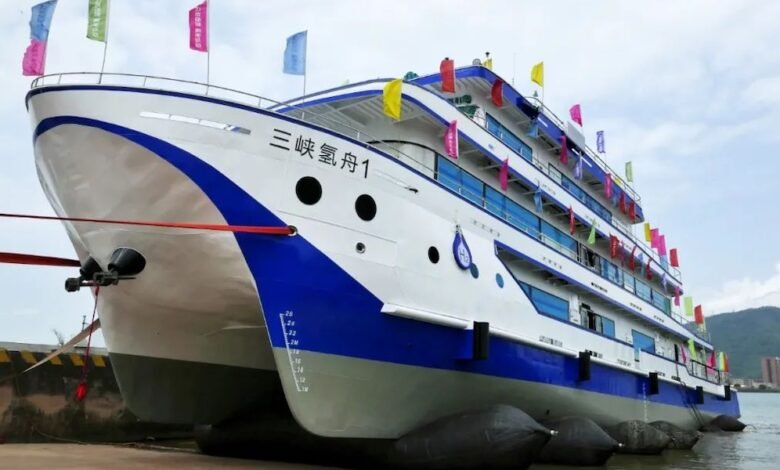
Decarbonization tech centre opens in Genoa: CapLab, a center for the development of new decarbonisation technologies, has been launched in Molo Giano, in the heart of the port of Genoa. The new laboratory is the result of the partnership between Ecospray, a subsidiary of cruise giant Carnival, and the University of Genoa. It will be used to study new fuel cell-based carbon capture solutions, to be applied in the maritime and industrial sectors. The facility will be managed by Ecospray Technologies and the Department of Civil, Chemical and Environmental Engineering (DICCA) of the University of Genoa. At the core of CapLab’s activities is research into CO₂ reduction systems based on the use of molten carbonated fuel sells (MCFCs), one of the three new carbon capture technologies launched by Ecospray.
Short Sea
Viridis wins AiP for its ammonia-powered short-sea bulk vessel: Classification society Bureau Veritas has issued an Approval in Principle (AiP) to Viridis Bulk Carriers, a joint venture of Norwegian shipping consultancy Amon Maritime and compatriot shipowners Navigare Shipping & Logistics and AS Mosvolds Rederia, for its ammonia-powered short-sea bulk vessel. Viridis pointed out that the approval is an important step towards being able to order the first series of vessels. To note, it expects to place orders for ships during 2023, with deliveries starting in 2025. According to Viridis, its vessels, which are designed to support charterers’ cargo capacity needs, have a similar sailing range as the current fleet of short sea bulk vessels > 3,000 nm. In addition, they are designed to maintain crew and societal safety at the level of conventional vessels.
Classification
ABS teams up with Korean shipbuilders to standardize Scope 3 emissions: Classification society American Bureau of Shipping (ABS) has launched a joint development project (JDP) involving all the leading Korean shipyards and the classification group Korean Register (KR) to address a growing need in the calculation of greenhouse gas (GHG) Scope 3 emissions. As informed, the project was launched together with Korean shipyards HD Hyundai Group, Korea Shipbuilding & Offshore Engineering (KSOE), Hyundai Heavy Industries (HHI), Hyundai Mipo Dockyard (HMD), Hyundai Samho Heavy Industries (HSHI), Samsung Heavy Industries (SHI), and Daewoo Shipbuilding & Marine Engineering (DSME). Scope 3 in the shipbuilding industry includes GHG-generated emissions at all stages of the process from procurement of raw materials to ship operations and final disposal – in addition to GHG (Scopes 1 and 2) directly and indirectly emitted during the shipbuilding process. The JDP aims to create a standardized approach that could potentially apply across the whole industry.
Tools
New CII simulation tool promises neutral space for owners and charterers: A new CII simulation tool developed by NAPA aims to create a neutral platform for owners and charterers to collaborate and optimise vessels’ CII performance. Using a vessel’s digital twin and historical performance and route data, NAPA’s software can predict the CII performance over a period, factoring in many variables including routes travelled, weather and loading conditions, installed energy efficiency measures, hull cleaning and weather routing.
Fuels
AMMONIA
OCI and Lotte team up for supply of low carbon and green ammonia: OCI Global, a producer and distributor of hydrogen-based products, and Lotte Fine Chemical, an ammonia distributor based in South Korea, have signed a Memorandum of Understanding (MoU) for the supply of low carbon and green ammonia, with first shipments starting this year from OCI’s US facilities. The companies are also looking to cooperate to build a global supply chain of bunkering for ammonia-powered vessels in Ulsan, Korea, which are expected to be commercialized from 2025 onwards. Under the MoU, OCI is expected to supply Lotte Fine Chemical from OCI’s existing low-carbon ammonia production capacity in Texas starting this year, and Lotte Fine Chemical is supposed to introduce OCI’s ISCC Plus bio-ammonia, derived from bio-methane, for the supply to its domestic customers.
BIOFUELS
Langh Ship teams up with Samskip to switch to biofuel on its boxship: In a move to further reduce the environmental impact of their vessels, Finnish shipping company Langh Ship and Dutch multimodal operator Samskip have agreed to switch to biofuel operations. The companies said they switched to biofuel operations for the Langh Ship-owned 750 TEU container vessel Edith in January 2023. The vessel is currently employed on a shortsea liner service between the Netherlands and the UK. The fuel used is designated MDF1-100 and supplied by GoodFuels. It is formulated entirely from sustainable waste streams from the EU’s Renewable Energy Directive list. It has also earned International Sustainability & Carbon Certification.
Ports
Port of Los Angeles to establish green corridor with Yokohama, Tokyo ports: The Port of Los Angeles has entered separate Memorandum of Understandings (MOUs) with the Port of Tokyo and the Port of Yokohama to collaborate on sustainability and environmental issues. As informed, the agreements were signed by Port of Los Angeles officials during the 2023 California Japan Clean Energy Trade Mission. During the event, the governments of California and Japan formalized a partnership aimed at working together to cut pollution at seaports and establish green shipping corridors. Both the ports of Tokyo and Yokohama also agreed to establish a Green Shipping Corridor (GSC) partnership with the Port of Los Angeles in the coming year. It is an initiative aimed at reducing emissions along their respective trade routes and promoting low- and zero-carbon ships and fuels.
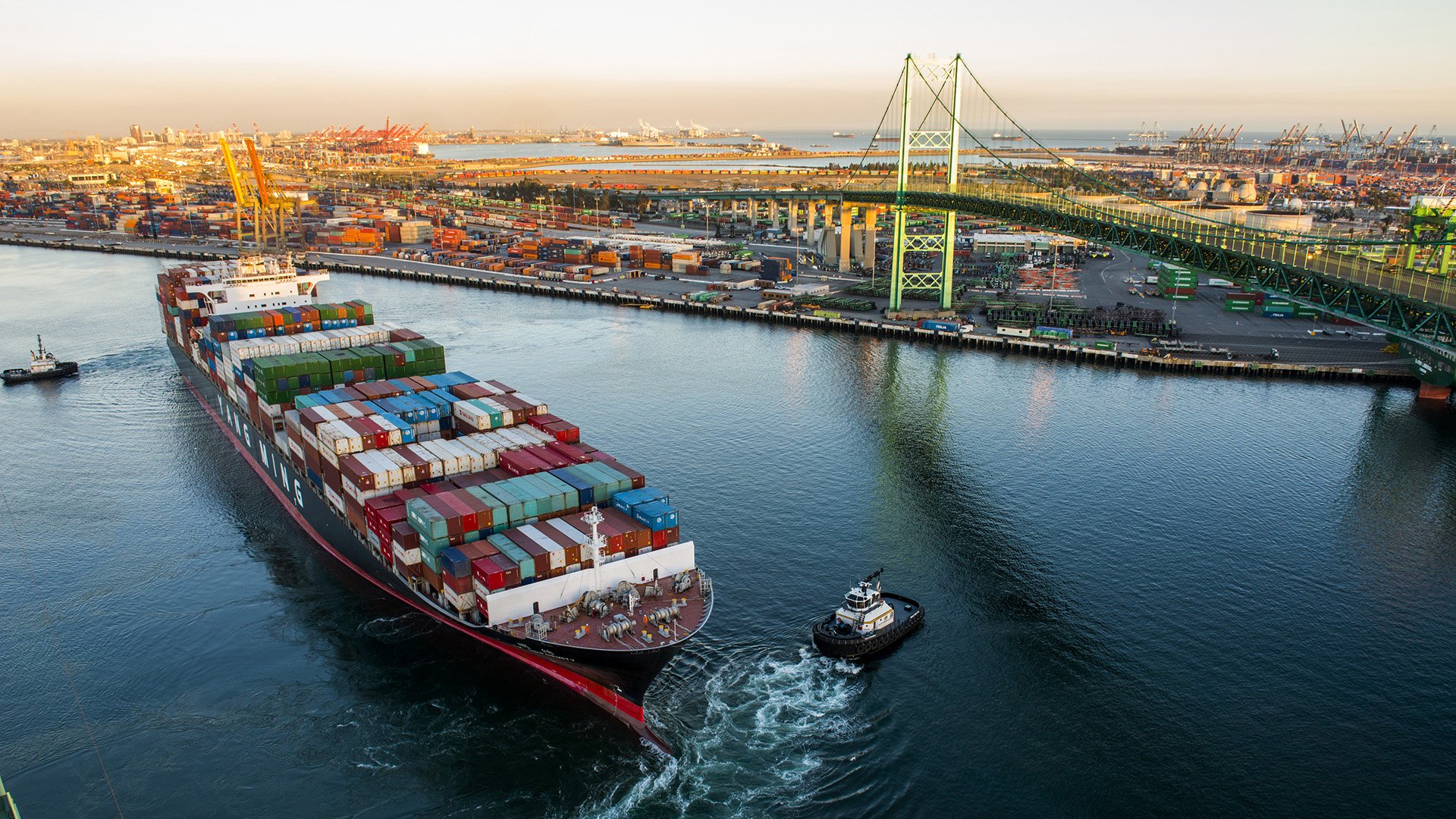
Green Corridors
Canada’s Chamber of Commerce (CMC) calls for the green corridor in the Great Lakes–St. Lawrence region: CMC representing over 100 Canadian & U.S. ports, shipowners, and other marine transportation companies operating in the Great Lakes-St., has unveiled its 2023 wish list to legislators and policymakers targeting the creation of a “green corridor” in the Great Lakes–St. Lawrence region. The idea of a “green corridor” involves collaborating with various players in the supply chain, including ports, cargo shippers, and ship operators, to speed up the process of achieving zero emissions. Creating a green corridor requires government and industry partnerships to ensure that the appropriate regulatory and investment conditions are in place to promote the adoption of greener shipping approaches. With this goal in mind, the CMC is aiming for significant progress this year in the development of a “Made in Canada” approach to regulations and funding programs designed to decrease carbon emissions from short-sea shipping vessels used in trading patterns along the Great Lakes – St. Lawrence coastal and arctic regions.
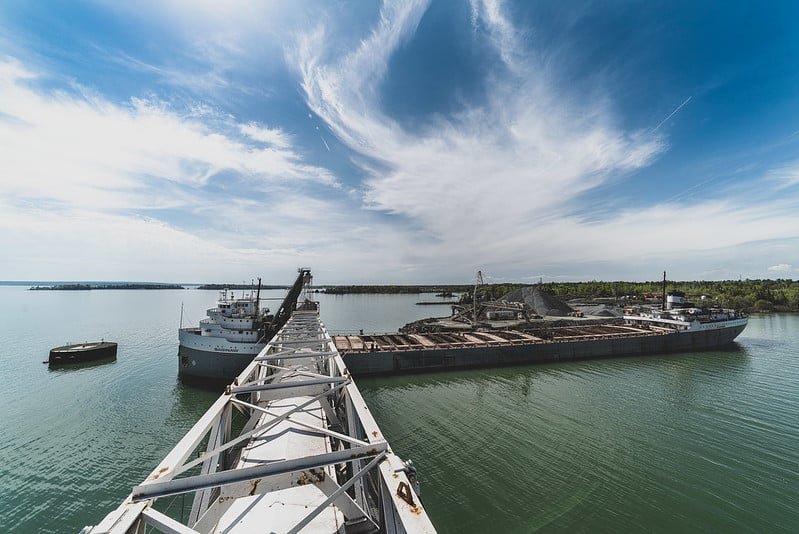
Maritime, mining, and energy majors to create a green corridor for iron ore: A new consortium comprising UK-based mining company Anglo American, Tata Steel, CMB, VUKA Marine, Freeport Saldanha, and ENGIE plans to explore the options for developing a maritime green corridor for the zero-emission shipping of iron ore between South Africa and Europe. The initiative has been described as the first of its kind from Africa and an important step in the region’s involvement in shipping’s decarbonization. Maritime green corridors are routes between major port hubs where zero-emission solutions and fuels are supported and demonstrated, and they have been gaining in popularity over the past few years. The consortium will look at bunkering and offtake arrangements, available green fuel supplies, and financial and business model alternatives.
Regulations
European Parliament agrees shipping green fuels deal: The provisional deal between European Parliament and Council negotiators is designed to steer maritime towards an uptake of renewable and low carbon fuels. The targets apply to ships over 5,000 gt and call for a 2% cut in the GHG content of fuels by 2025 from a 2020 level of 91.16 grams of CO2 per MJ. The level of reduction increases to 6% as of 2030, 14.5% as of 2035, as of 2040, 62% as of 2045 and 80% as of 2050. The reductions apply 100% of energy on voyages between EU ports and to 50% of energy used on voyages where the arrival or departure port outside the EU or the EU’s outermost regions. The rules will be reviewed by the commission in 2028 to decide whether to extend the rules to smaller ships and vessels from non-EU ports. The deal gives more credits, as an incentive, in the form of offsetting emissions to those ship owners who use renewable fuels of non-biological origin (RFNBO) from 2025 to 2034. If RFNBO usage is below 1% by 2030 a target of 2% will be set for 2035.
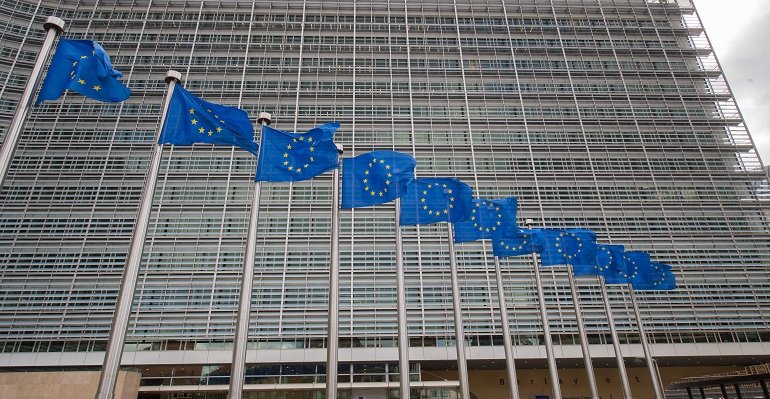
By Maria Bertzeletou, Breakwave Advisors
The opinions expressed herein are the author's and not necessarily those of The Xinde Marine News.
Please Contact Us at:
media@xindemarine.com
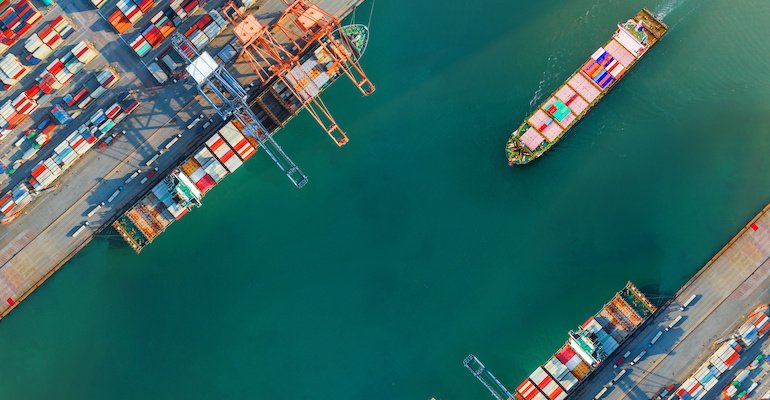
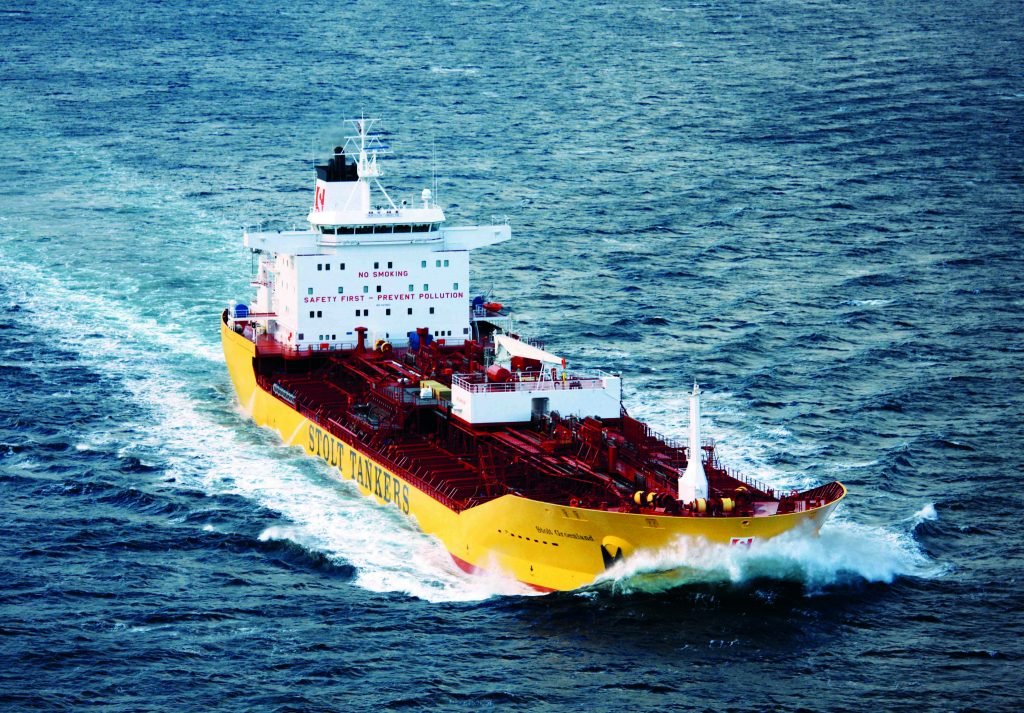
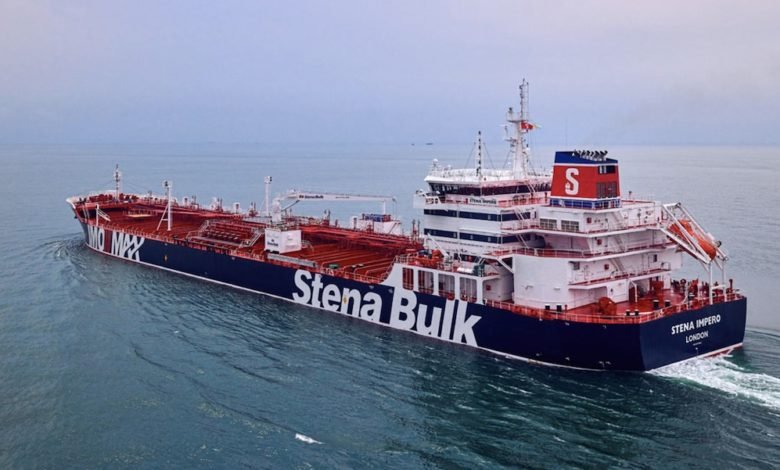
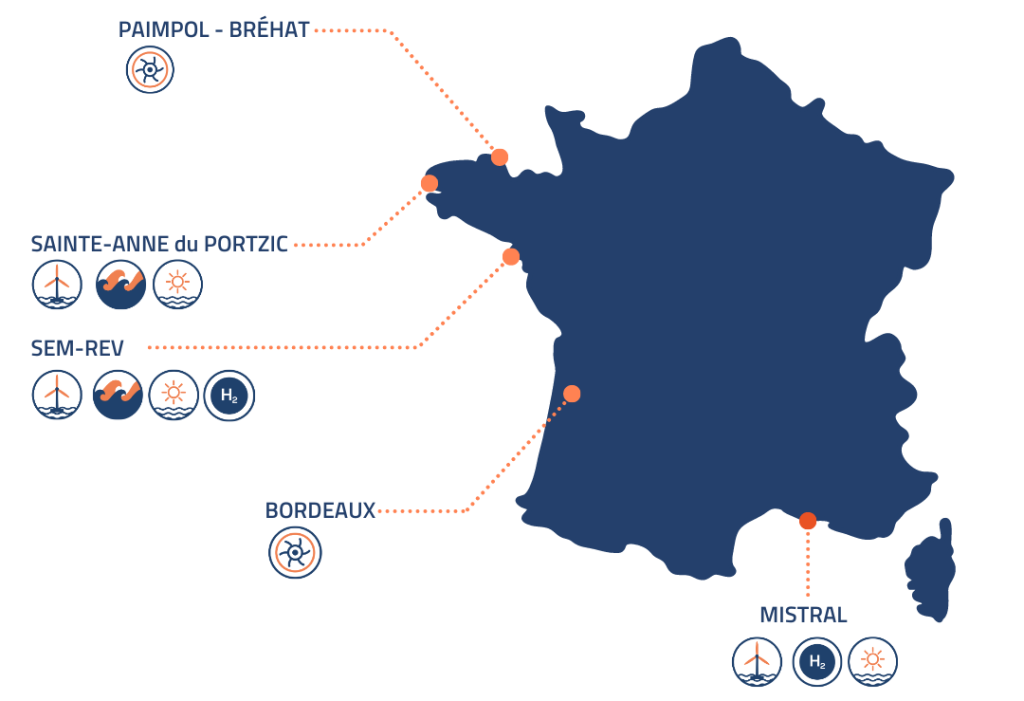
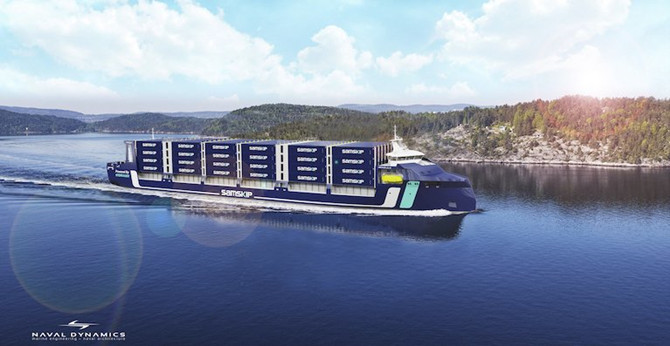
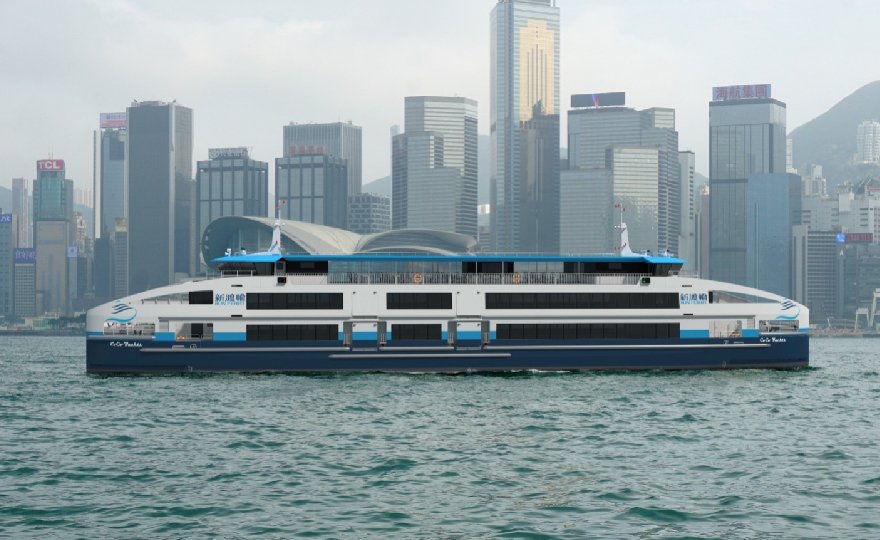





 Ningbo Containerized Freight Index Weekly Commentar
Ningbo Containerized Freight Index Weekly Commentar  Ningbo Containerized Freight Index Weekly Commentar
Ningbo Containerized Freight Index Weekly Commentar  Ningbo Containerized Freight Index Weekly Commentar
Ningbo Containerized Freight Index Weekly Commentar 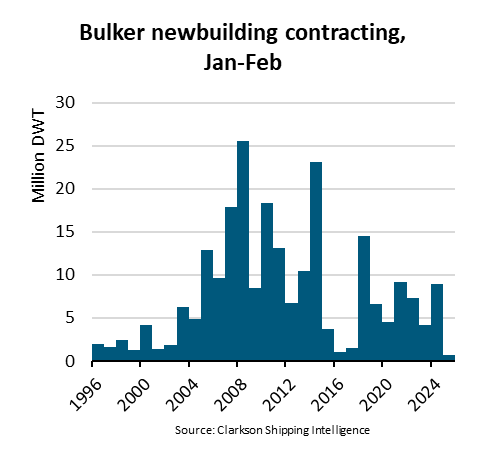 BIMCO Shipping Number of the Week: Bulker newbuildi
BIMCO Shipping Number of the Week: Bulker newbuildi  Ningbo Containerized Freight Index Weekly Commentar
Ningbo Containerized Freight Index Weekly Commentar  Ningbo Containerized Freight Index Weekly Commentar
Ningbo Containerized Freight Index Weekly Commentar